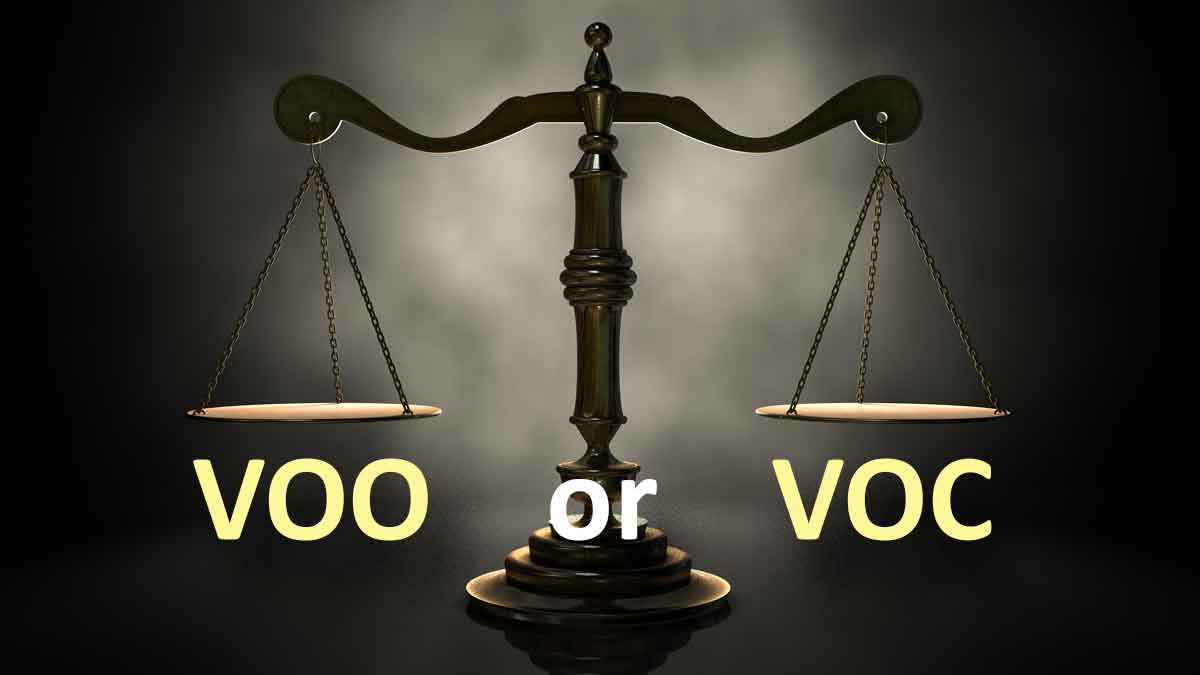In my experience, VOO is much more common than VOC among B2B companies today. This will surely change, given the huge advantages of B2B-optimized VOC. (See e-book, Reinventing VOC for B2B.) You can learn your position on the VOO-vs.-VOC spectrum by diagnosing 10 factors: 1) interview scope, 2) interview objective, 3) types of questions, 4) note-taking, 5) interview skills, 6) observation skills, 7) companies interviewed, 8) deliverables, 9) engagement timeframe, and 10) interviewing staff.
For descriptions of all 10, see article, Why Advanced Voice of Customer Matters
Dan Adams has the honor to present at GLG Webcast covering “B2B VOC Skills to Boost New Product Development Success” on January 31, 2022 at 1:00 PM EST. Dan will be presenting on the following key topics: Understand which VOC skills separate the winners from losers and why they matter Explore 10 ways to virtually ... Read More
I suspect you’d rather look at a map first, and then start your journey. So why do many B2B companies develop a new product and then show it to customers? With intelligent B2B voice-of-customer interviews (see e-book, Reinventing VOC for B2B), your customers are drawing a map for you: “Yes, go here and work on this outcome. No, that outcome isn’t important so don’t bother.” Granted, it’s more “daring” to ignore a map. But if you want to get to the right destination as quickly and efficiently as possible, it’s better to talk to your cartographers first.
See 2-minute video, Stop leading with your solutions
If you bring a prototype to a customer, this is “concept testing”… which is different than voice of the customer research. Prototypes are fine later in the process, but for many companies this is their first discussion with customers. B2B concept testing should occur after front-end voice-of-customer interviews. If you start with concept testing, you’ll incur confirmation bias, less-engaged customers, and the false impression you’ve acted in a customer-centric fashion. See 2-minute video, Stop leading with your solutions.
More in article, Don’t Confuse Concept Testing With VoC
Want to boost your new product success rate? This new research by The AIM Institute shows a surprisingly strong correlation between B2B VOC skills and higher new product success rates. For the first time ever, you can now see which of 12 B2B VOC skills have the greatest impact on B2B new product success. If ... Read More
Your growth rate has three hidden components: Inherited Growth (from past employee’s innovations), Market Growth (from matching market growth using average innovation) and Earned Growth. You only accomplish the latter by doing a better job than competitors in understanding and meeting customer needs. Every year, purchasing agents and competitors work hard to commoditize your products. So every year you need to earn your growth. It’s the only way to rise above “mediocrity.” And who wants that? See 2-minute video, How much growth did you earn?
More in article, Own the Future with B2B Customer Insight






